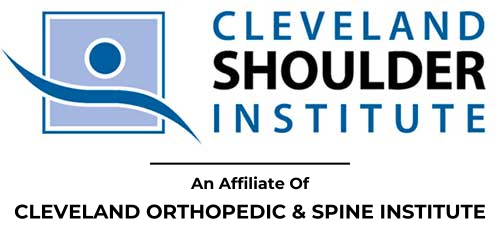When an injury or illness have left you in pain or with limited mobility, physical therapy can help get you back on track and recover faster. Physical therapy is used to help people of all ages and medical conditions.
Physical therapy involves customizing simple movements and exercises for the patient to follow on a regular schedule for a short, or extended amount of time. Exercises may be done with a therapist in our office, and then at home. The movements are designed to increase range of motion, strengthen muscles, increase flexibility and reduce pain. Often, an individual’s program will encourage lifestyle changes that will prevent further injury and improve overall health and longevity.
A non-invasive and conservative approach to managing conditions, physical therapy is often one of the first modalities a doctor will prescribe to help patients. The exercises often take minimal effort, but do require a commitment to a training schedule for best results.
What to Expect

Upon being recommended for physical therapy, you will be evaluated by our licensed physical therapist to determine range of motion, muscle strength, postural alignment and abnormalities in movement patterns, body mechanics and quality of movement with daily activities.
For rehab following a surgery, each of Dr. Gobezie’s patients use his innovative PT Genie physical therapy system that gives them the convenience of exercising from home along with daily guidance from their care team. This interactive, digital PT program helps patients recover faster and with less pain.
Following the results of your evaluation, a personalized plan of care will be designed to help you meet your individual recovery needs. Together, we will establish clear goals and begin treatment that will be most effective to your specific injury.

Our physical therapy program can provide significant
benefits to the following conditions:
- Back and neck pain
- Headaches
- Muscle, myofascial and joint pain
- Sprains and strains
- Orthopedic injuries
- Pre- and post-operative conditions
- Weakness or loss of motion
- Soft tissue injuries
- Osteoporosis
- Body misalignments (scoliosis)/Spinal dysfunctions
- Chronic pain / Fibromyalgia
- Sports-related injuries
- Work-related injuries
- Balance disorders
…And many others
Manual Therapy
Injuries or post-surgical conditions of the musculoskeletal system (made up of bones, muscles, cartilage, tendons, ligaments, joints and other connective tissue) often contribute to limited and painful motion. This can lead to pain and a decrease in daily activities. Physical therapists often use a variety of specific, hands-on techniques, called manual therapy, to improve mobility in joints and soft tissues.
Our highly trained clinicians assess whether the muscles and joints have hypo- (restricted) or hyper- (excessive) mobility. Once restrictions or other dysfunctions are identified, the physical therapist may use various manual therapy techniques to reduce pain, improve mobility, facilitate movement, increase soft tissue extensibility and restore function.
Additional programs and treatments that our physical therapists may utilize include:
- Balance training
- Hand therapy
- Instrument-assisted soft tissue mobilization (IASTM)
- McKenzie method
- Postural education
- Spinal traction
- Sports medicine
- Therapeutic exercise
- Therapeutic modalities
- Work health
